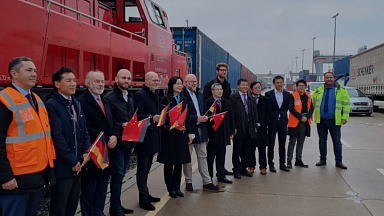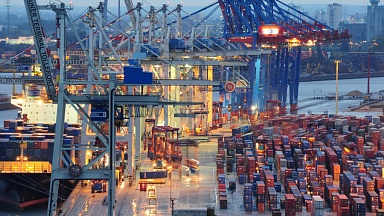«June showed that container traffic has every chance to reach the level of 2021, thanks to the rapid reorientation of the market to the East,» commented ESP Executive Director Sergey Avseykov. In April and May, the rail container transport market’s decline was around six and eight per cent, respectively. However, the decreased gap in June provides some space for optimism that the second half of 2022 will balance the lost volumes and close the year with competitive performance.
2023 better than 2021
«The Ministry of Economic Development forecast at the end of May was quite conservative: we, container manufacturers, largely agreed with it, but June showed more optimistic growth. The fall in June compared to 2021 is only 3 per cent, and by the end of the year, I think transportation in terms of volume will approach 2021. In 2023, the transportation of containers will definitely be higher than in 2021. Container transportation retains its leading position in terms of growth and development,» added Avseykov.
State support for Russian container operators has been crucial to retaining a competitive market. «The Russian rail container transport market copes with the pressure caused by the post-sanctions transformation of international logistics thanks to the government’s support measures, largely initiated by ESP», said Avseykov. These measures include, among others, «the lifting of customs duties on containers until 30 September, the introduction of multiple uses for imported containers, subsidies for the credit rate for the purchase of containers, and reduced inspections during import and transit.»
Nevertheless, next to the state support, private investments also play a crucial role in keeping performance high. «Thanks to the authorities’ decisions, now the total volume of the order — partly in contracts, partly in intentions — is 90 thousand containers, and these are private investments,» said Avseykov.
Eurasian Union of Rail Freight Traffic Participants
What is ESP? The Eurasian Union of Rail Freight Traffic Participants was created by the largest container operators and owners of port and terminal facilities in Russia. The companies that are part of the association own approximately 90 per cent of the fleet of fitting flatcars operated on the Russian Railways network, as well as more than 80 per cent of the total capacity of transport and logistics centres and about 60 per cent of the capacity of sea container terminals in the Russian Federation. The mission of ESP is to create favourable conditions for the development of international and domestic freight traffic in the Eurasian space.




